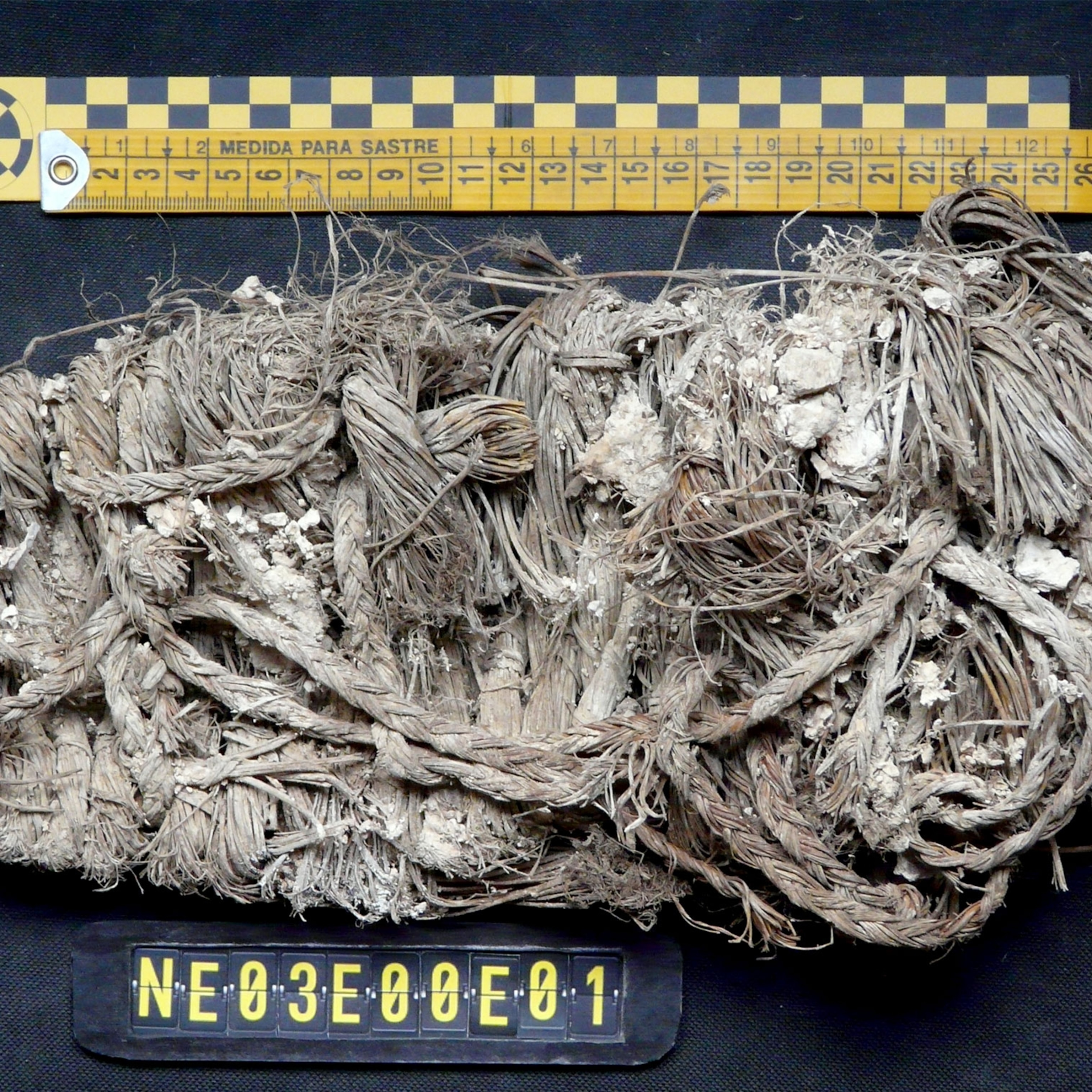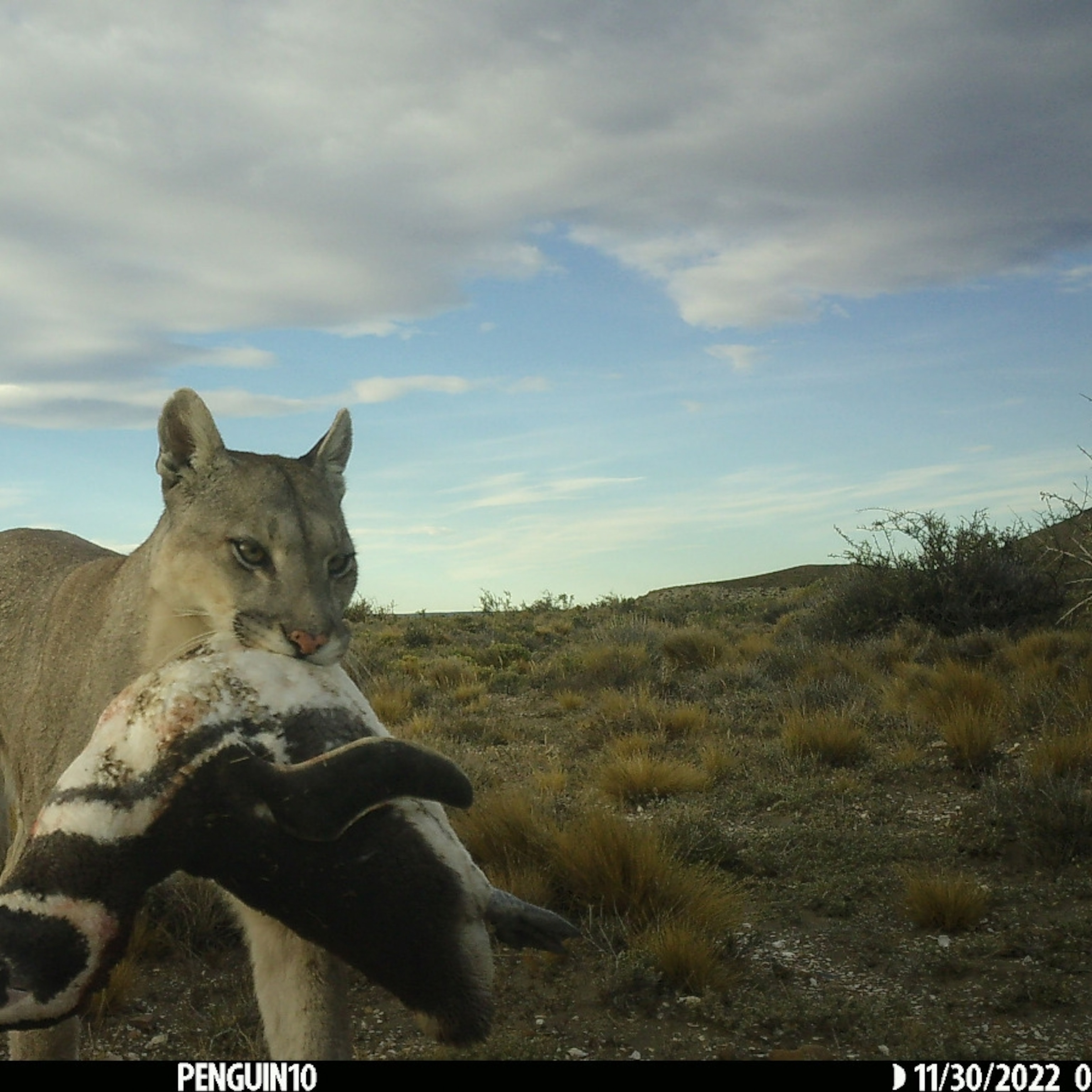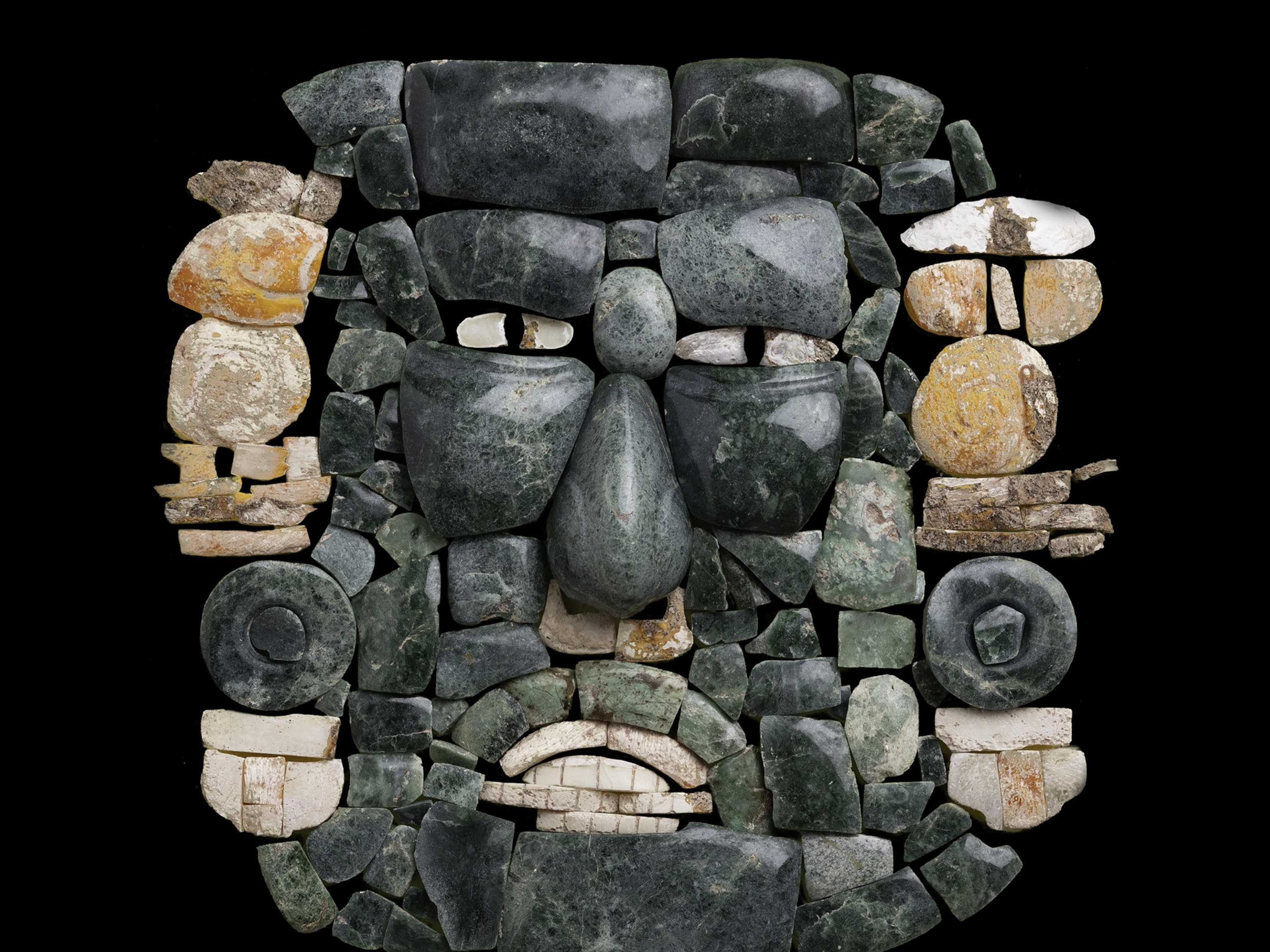
Chicken DNA Challenges Theory That Polynesians Beat Europeans to Americas
New finding casts doubt on the theory that Polynesians made it to South America.
So why did the chicken cross the Pacific? Well, apparently it didn't. At least not all the way.
Scientists looking into the DNA of ancient and modern chicken breeds found throughout Micronesia and Polynesia have determined that they are genetically distinct from those found in South America. The research runs counter to a popular theory that Polynesian seafarers might have reached the coast of South America hundreds of years ago, before European explorers.
Among the intriguing indications that contact might have been made between Polynesians and the native peoples of South America was the supposed pre-Columbian presence of non-native chickens, allegedly introduced to the continent by seafarers from South Pacific islands. More evidence comes from the ubiquity of the sweet potato, a South American native, in the South Pacific—it was already widespread throughout the islands by the time James Cook sailed into the region in 1770. (See National Geographic's South Pacific photos.)
Now it appears the chicken link, at least, may be severed, according to Alan Cooper, director of the Australian Centre for Ancient DNA, a co-author of the study published this week in the Proceedings of the National Academy of Sciences.
Researchers sequenced mitochondrial DNA from 22 chicken bones found at Polynesian archaeological sites and 122 feathers from modern chickens living on islands across the South Pacific. They used an enzyme to remove any contamination by modern DNA that may have clouded the results of earlier studies. When the team compared the "cleaned-up" DNA of Polynesian chickens with that of ancient and modern South American chickens, they found the two groups were genetically distinct.
The chicken DNA does not support a connection between the peoples separated by the Pacific, Cooper said. "Indeed, the lack of the Polynesian sequences [of DNA] in modern South American chickens ... would argue against any trading contact as far as chickens go."
Cooper and his colleagues were able to trace the origins of Polynesian chickens back in time and across the Pacific, following the lines of what must rank as one of the boldest, most romantic, and least understood human migrations of all time—the peopling of the tropical islands of the South Seas.
"We can show [from chicken DNA] that the trail heads back into the Philippines," Cooper said. "We're currently working on tracing it farther northward from there. However, we're following a proxy, rather than the actual humans themselves."
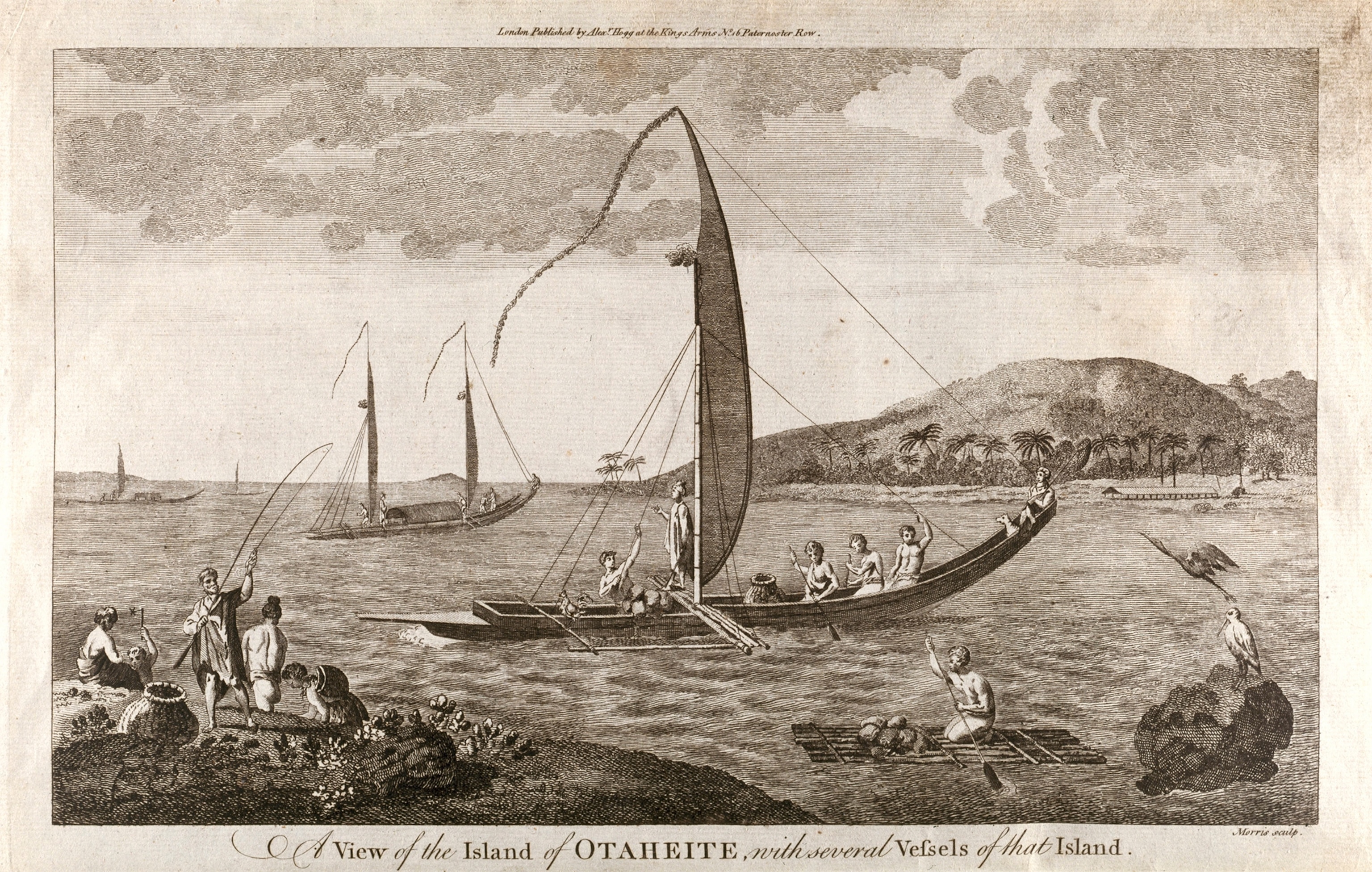
Colonizing the South Pacific
The peopling of the South Pacific happened in two stages, the first of which took place more than 3,000 years ago when mysterious seafarers known as the Lapita set off from Papua New Guinea's Bismarck Archipelago into the great blue void of the Pacific. Within a startlingly few generations they managed to find and colonize hundreds of hidden tropical paradises: Vanuatu, Fiji, Tonga, Samoa, New Caledonia.
They sailed as pioneers, not explorers, bringing their families and everything they might need to build new homes on the lands they clearly expected to find: flints for toolmaking, pottery, and foodstuffs—including their chickens.
A second, much later phase, beginning around the year A.D. 800, saw them expand into the vastness of the eastern Pacific—to Tahiti, Bora Bora, the Marquesas, Easter Island, and Hawaii. Precisely how these people accomplished such astonishing voyages, and why they attempted them, remains an intriguing mystery, for they left behind no writings and very few artifacts. (Read "Beyond the Blue Horizon" in National Geographic magazine.)
With so few clues to work from—not a single example of an early Polynesian voyaging canoe survives today—archaeologists have been forced to tease out the story of this great migration from the evidence of scattered bones and pottery shards on far-flung islands, and strands of DNA from the plants and livestock the South Seas pioneers brought with them and whose descendants live on today.
Using these bits and pieces, archaeologists have been able to put together a rough time line of the Polynesians' eastward expansion across the Pacific, and the legendary bit of southerly backtracking that led them to discover New Zealand around the year A.D. 1300. But one of the great questions remains: Did they make it all the way across the Pacific to the coast of South America? Did they beat Columbus to the New World? It is a matter of heated debate among South Pacific scholars and one unlikely to be put to rest by the latest findings on chicken DNA.
David Burley, an archaeologist at Simon Fraser University in Canada who has been working in the South Pacific for more than 25 years, has no doubt the Polynesians reached the New World, whatever the evidence from chicken DNA. "The evidence for Polynesian contact with the New World prior to Columbus is substantial," he said. "We have the sweet potato, the bottle gourd, all this New World stuff that has been firmly documented as being out here pre-Columbian. If the Polynesians could find Easter Island, which is just this tiny speck, don't you think they could have found an entire continent?"
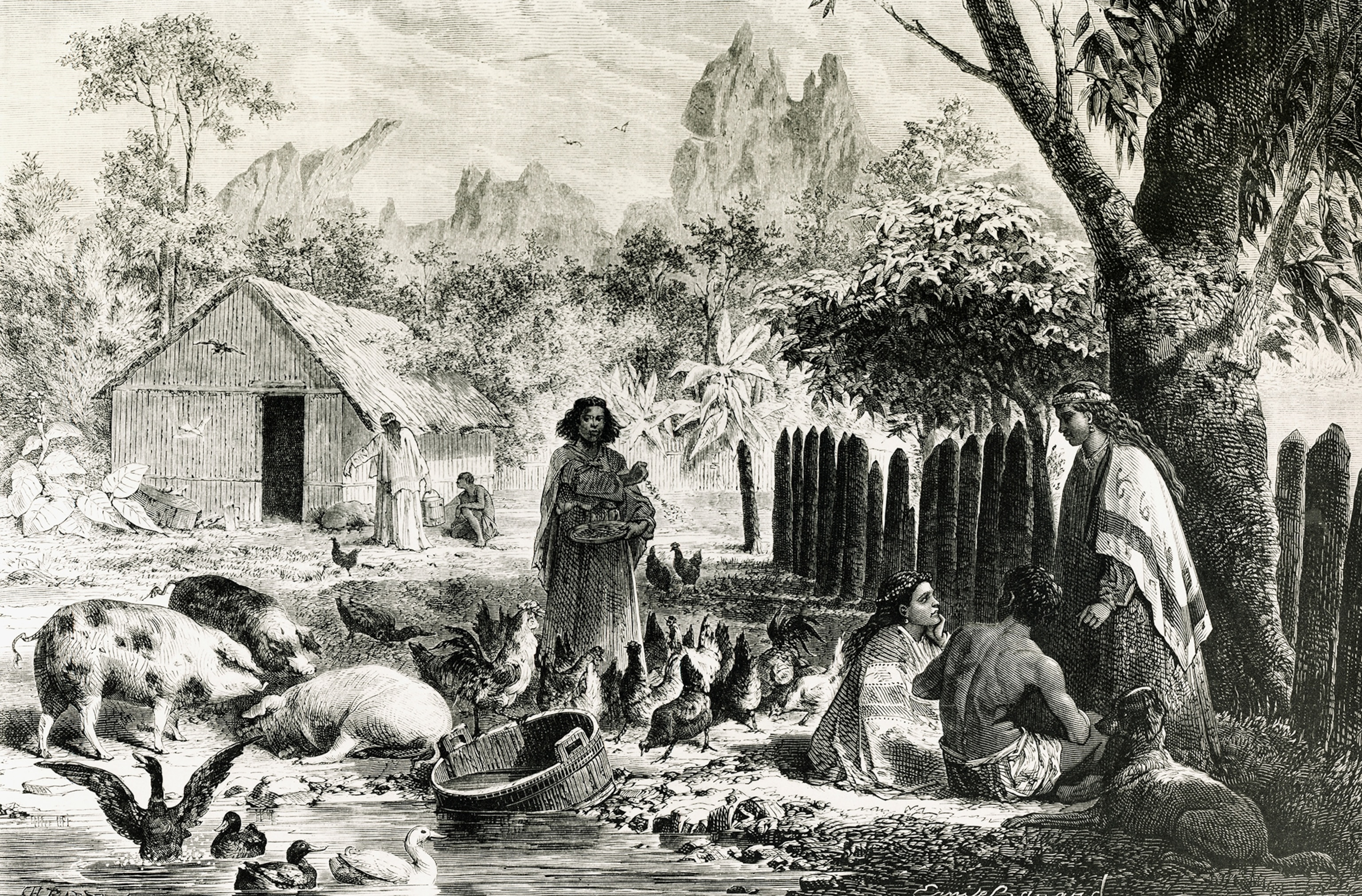
Bones of Contention
The idea that Polynesians might have introduced the chicken to South America and thus left behind evidence of their seagoing feat is a fairly new one. For many years, scholars assumed that early European explorers from Portugal and Spain brought the birds to South America, along with horses, pigs, and cattle.
A 2007 study, however, announced the discovery of chicken bones found at an archaeological site near Santiago, Chile, that yielded radiocarbon dates between 1321 and 1407—long before the arrival of Europeans. The early dates, the location along the Pacific coast, and the presence in the bones of what appeared to have been a unique genetic mutation common to Polynesian chickens raised the tantalizing prospect that the meaty birds may have been introduced by South Pacific seafarers.
"It is the most likely explanation," said Alice Storey, an archaeologist with the consulting firm Archer CRM, who led the 2007 study in Chile. "I have investigated many other potential routes of introduction, and none of them are as likely as a Polynesian introduction."
Within a year, though, those results were called into question by other researchers. A subsequent analysis by Cooper and his colleagues of the DNA from the Chilean finds challenged the dates and suggested that the genetic mutation originally thought to have come from Polynesian forebears was in fact a fairly common mutation found in chickens throughout the world. That study formed the basis of the most recent research into the DNA of Polynesian chickens that appeared this week.
For her part, Storey stands by the pre-Columbian dates she and her team obtained for the chicken bones in Chile. She argues that the DNA results in the study released this week are far from conclusive.
"Indeed, the bulk of their research focuses on modern DNA," she said. "Using modern DNA to understand what people were doing in the past is like sampling a group of commuters at a London Tube station at rush hour. The DNA you get is unlikely to provide much useful information on the pre-Roman population of London."
As humans moved around the world, they brought chickens along with them. So modern chicken populations aren't necessarily representative of past populations, Storey said. "We know from his journals [that] Cook moved chickens all over the Pacific, as did other Europeans, so DNA from chickens living on Pacific islands today has little to tell us about what people were doing in Polynesia, the Pacific, and in Southeast Asia before A.D. 1600."
The new research appears to have laid these old bones to rest, but questions remain. One thing is certain: If the dates of the 2007 study are correct and there were indeed chickens in pre-Columbian South America, they had to come from somewhere. There is also the matter of the sweet potato, a definite South American native, which had spread throughout the Pacific by the time Europeans arrived on the scene.
"The sweet potato is a good question," conceded Cooper. "The bottle gourd was recently shown to have probably crossed to South America by marine currents, not human trade, as previously assumed, so I also wonder about the potato's ability to be dispersed in that fashion."
If the presence of pre-Columbian chickens is a good indicator that Polynesians succeeded in crossing the Pacific, the absence of one of their old shipmates—Rattus exulans, the Pacific rat—makes an equally compelling case against it. The Pacific rat is known to have traveled everywhere with their Polynesian hosts, and wherever they landed they invariably established thriving local rat populations that live on to this day. There are no Pacific rats in South America.


